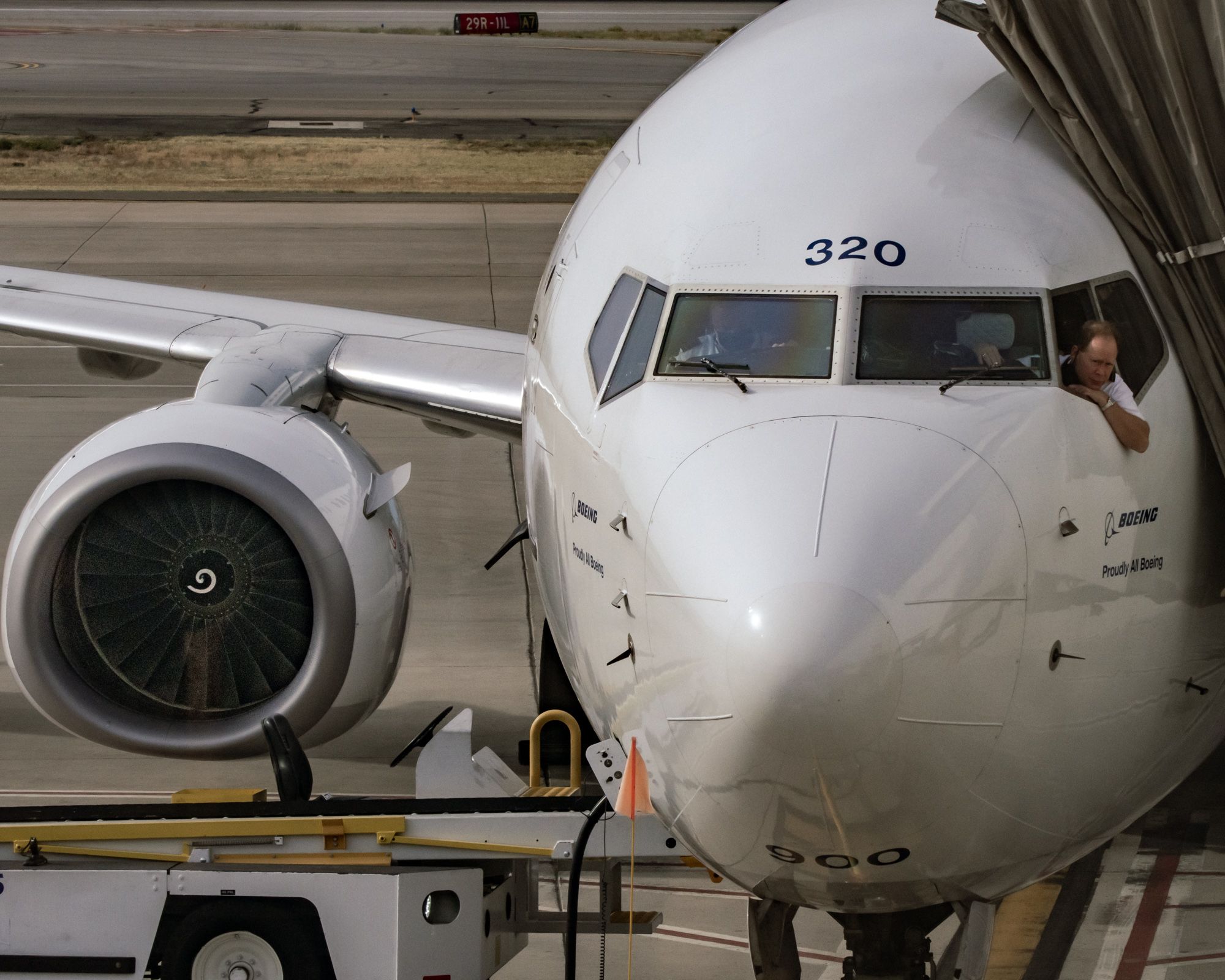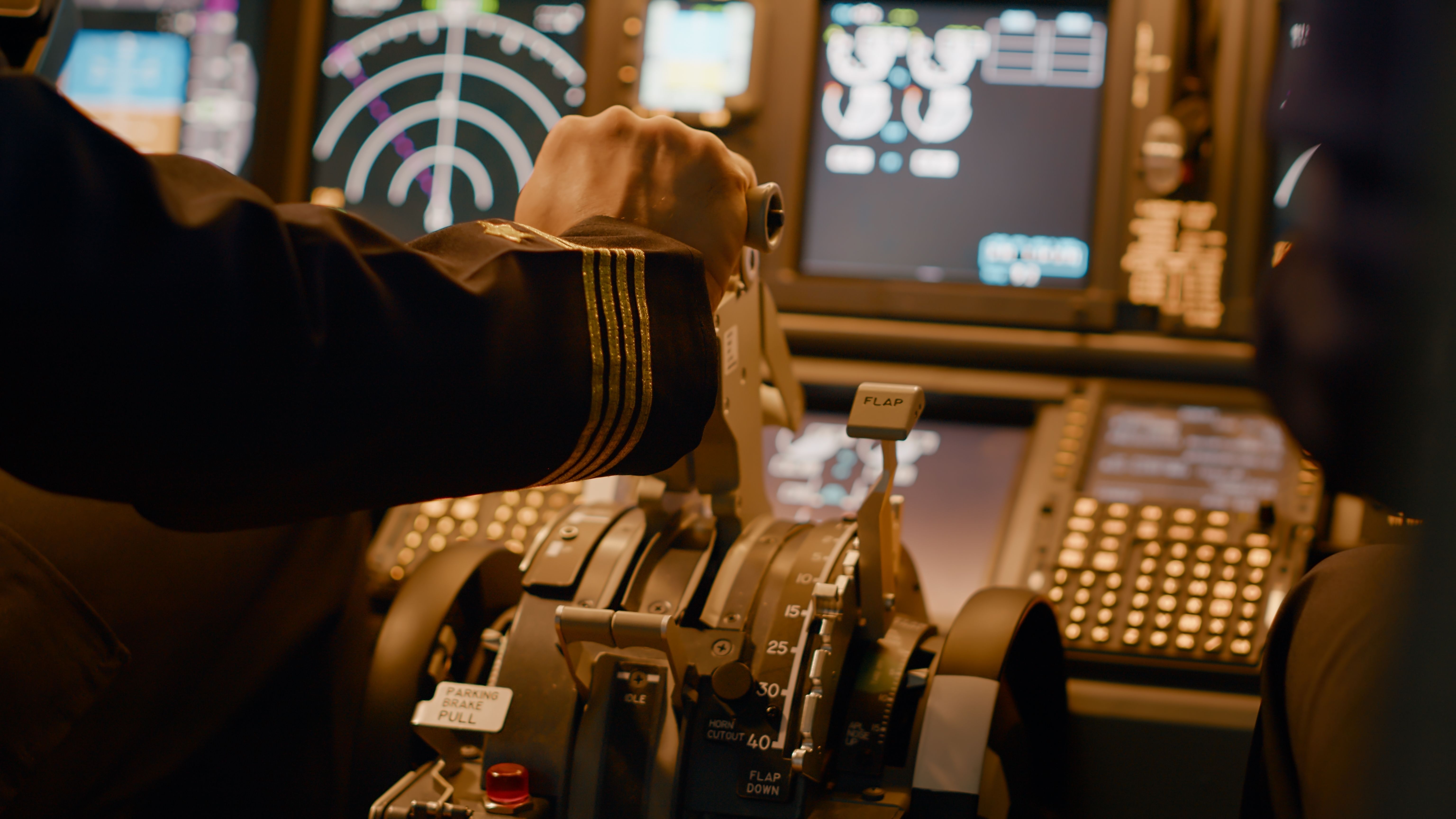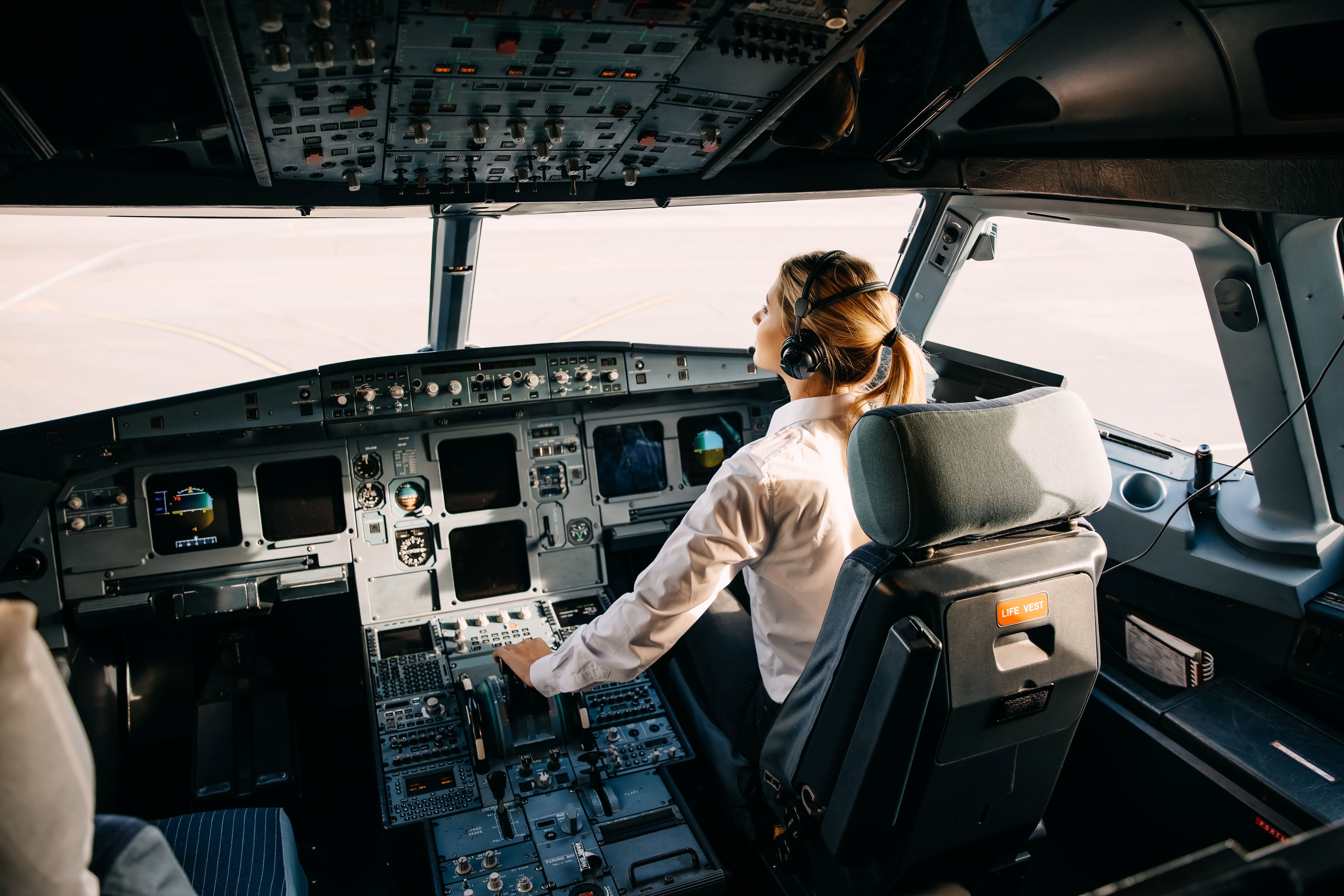In a December 20, 2022 statement – Air Line Pilots Association (ALPA) shared Federal Aviation Administration (FAA) data showing pilot production is on the upswing and will meet industry-projected demand. In the context of recent lobbying efforts to legalize single-pilot jetliners, these statistics take on new meaning.
FAA statistics
The above ALPA chart shows that 8,805 new commercial airline pilot certificates (ATP-MELs) have been issued so far in 2022. Also increasing by 10% to 86,774 is the supply of certified flight instructors. In order to become an airline pilot in the United States, many pilots first get certified as a flight instructor.
The outbound Capt. Joe DePete, ALPA president, had a few thoughts on the matter;
“The pilot-production pipeline is strong, the aviation industry continues its recovery—and it has never been a better time to become a professional aviator. Many regional carriers are raising wages and offering viable career paths; mainline airlines are hiring; and lawmakers have resisted efforts by the special interests to weaken pilot safety training standards. We can—and must—demand both safe skies and strong contracts.”
Boeing also has projections for pilot demand
Recently, Boeing published a “Pilot and Technician Outlook 2022-2041”. The outlook projects a demand for 602,000 pilots throughout the globe and 128,000 new pilots in North America – which includes the United States and Canada.
Get the latest aviation news straight to your inbox: Sign up for our newsletters today.
Airlines are investing in pilots
Indeed, U.S. airlines are investing in recruiting and retaining pilots with rising wages, and new pipelines to the cockpit have been created in 2022 to address the need for new pilots. Together, these actions are increasing pilot supply.
For instance, Alaska Air Group invested in new industry-leading contracts for Horizon Air pilots and, subsequently, Alaska Airlines pilots. Alaska Airlines also invested in a new partnership with Hillsboro Aero Academy for pilot training.
American Airlines made historic investments in regional pilot pay. For both Envoy and Piedmont, a 50% pay rise until at least August 2024 has been agreed upon.
United Airlines also believes the pilot shortage is beneficial. Nonetheless, the airline has invested in the United Aviate Academy, which, this year, got customized Cirrus single-engine trainers to provide a pipeline for the airline to recruit and train future pilots. The airline has also invested in increasing regional pilot pay in 2022.
In the context of legalizing single-pilot cockpits
This ALPA statement is coming out during a time when the US national aviation conversation includes a discussion of legalizing single-pilot cockpits. Reactions against this are strident and as outbound ALPA President Captain DePete thundered;
“The misinformation and redirection by special interest groups in Washington is deadly serious business. Despite a record reduction in airline fatalities since pilot-training standards were strengthened, some are still trying to roll back the clock and lower safety requirements for aviation operations, all so they can make a quick buck or wriggle out of a contract to serve smaller American communities. The FAA’s numbers make it clear that qualified pilots are in abundant supply; what we have a shortage of is airline CEOs willing to own their business decisions to cut service so they can increase their profits.”
Unsurprisingly, Sara Nelson, President of AFA, also recently voiced strong views on the matter. On MSNBC, Nelson went so far as to state;
I want to make it very clear. Flight attendants will not fly with one pilot in the flight deck. It's that simple. This is not a safe situation.
As per above, Nelson went on to pledge she would lead the union response against any attempt to legalize single-pilot operations through the “regular regulatory process”. Nelson also brought up the fact 80% of the US aviation workforce is unionized.
What is your assessment? Please share in the comments.
Source: Boeing Pilot and Technician Outlook 2022-2041




